Top Things to Know Before Buying Climbing Indoor Plants
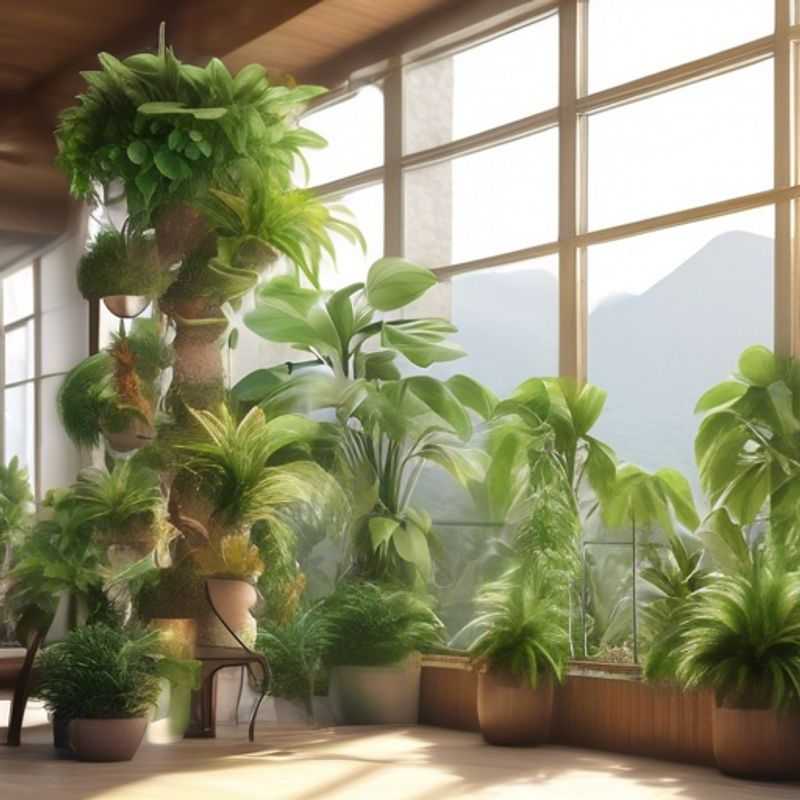
Top Things to Know Before Buying Climbing Indoor Plants: Lighting, Humidity, Size, Watering, Soil, Pests, and Maintenance
Hey there, plant enthusiasts!
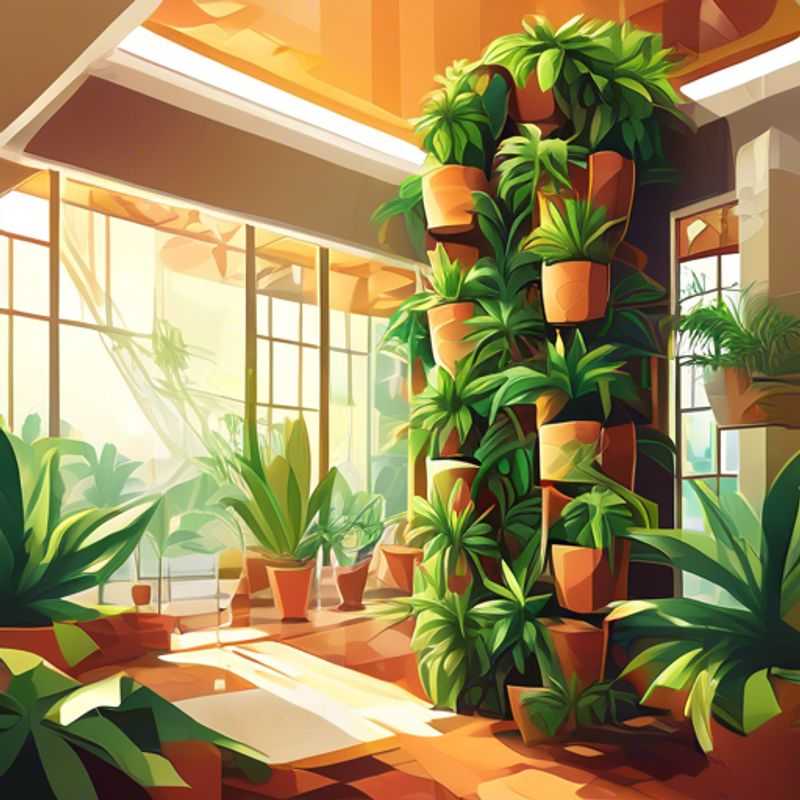
Shining a Light on Success: Understanding Indoor Plant Lighting Needs
Determining the specific lighting requirements for your indoor plants is essential for their health and growth. The amount of light a plant needs depends on its species, but most plants thrive in bright, indirect light.
Here are some tips to help you determine the specific lighting needs of your plants:
1. Observe the leaves: Look for signs of too much or too little light. Leaves that are yellowing or drooping may indicate that the plant is not getting enough light. Leaves that are brown or scorched may indicate that the plant is getting too much light.
2. Consider the plant's natural habitat: Where does the plant come from? Plants that originate in tropical regions typically require more light than those that come from temperate regions.
3. Use a light meter: A light meter can help you measure the amount of light that your plants are receiving. A good light meter can help you understand what kind of lighting you need to provide for your plants.
4. Experiment: If you are unsure about your plant's lighting needs, experiment with different locations in your home. Observe your plants' growth and adjust their placement as needed.
5. Artificial lighting: If your home does not receive enough natural light, you can use artificial lights to supplement. Look for LED grow lights, which are energy-efficient and produce the right spectrum of light for plants. LED grow lights are a great way to provide your plants with the light they need to thrive.
By understanding the light needs of your plants, you can provide them with the optimal environment for growth and ensure their continued health and beauty. Remember, if you are unsure about a plant's lighting requirements, it is always best to err on the side of caution and provide it with less light rather than more. Enjoy the process of learning about your plants' individual needs.
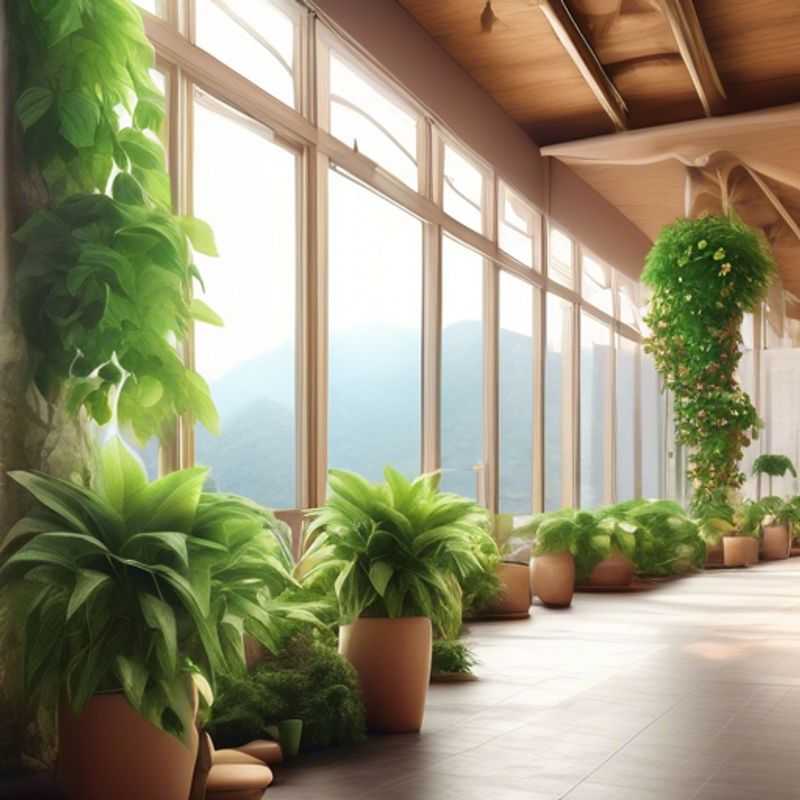
Unlocking Plant Happiness: Finding the Perfect Humidity and Temperature
Understanding the ideal humidity and temperature levels for your plants is crucial for their health and growth. Most plants thrive in specific environments, and deviations from these ranges can lead to stress, stunted growth, or even disease.
Humidity, the amount of moisture in the air, plays a significant role in plant health. Too much humidity can create an environment conducive to fungal growth and diseases, while too little humidity can lead to dehydration and wilting. Ideal humidity levels vary depending on the plant species, but generally range from 40% to 60%.
Temperature also plays a crucial role in plant growth. Most plants prefer temperatures between 65°F and 75°F (18°C to 24°C). However, some plants are more tolerant of cold or hot environments. It's important to research the specific temperature requirements of your plants to ensure they are thriving.
Monitoring and Adjusting: You can monitor humidity and temperature levels using a hygrometer and thermometer. If the levels are outside of the ideal range, you can adjust them by using humidifiers, dehumidifiers, fans, or moving your plants to different locations within your home.
Plant-Specific Needs: While these general guidelines are helpful, it is essential to research the specific humidity and temperature requirements of your individual plants. Some plants, like orchids, require higher humidity levels, while others, like cacti, prefer arid conditions. Researching these specific needs ensures your plants receive the optimal environment for healthy growth.
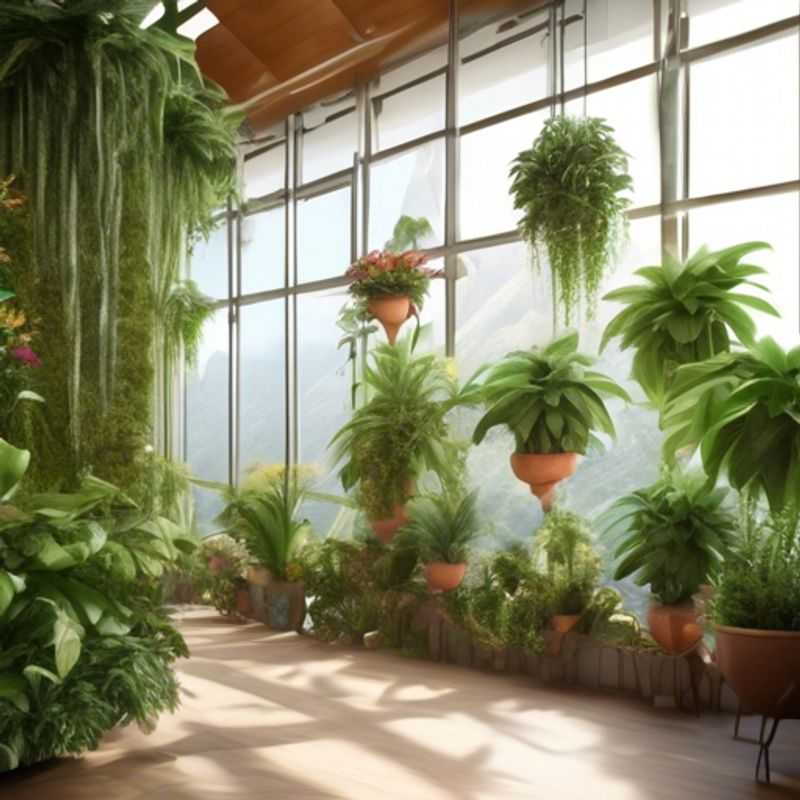
Choosing the Right Planter Size: Matching Plants and Pots
When choosing a planter for your plants, consider the size and growth habits of the plants. This will ensure your plants have enough room to grow and thrive.
Size: Ensure the planter provides adequate space for the roots to spread. A crowded root system can lead to stunted growth. Growth habits: Consider the plant's mature size and its tendency to spread or grow vertically. If you are planning to grow a vine, for example, select a planter that allows the plant to climb or trail.
Tip: Choose a planter that is slightly larger than the plant's current root ball, allowing for healthy growth.
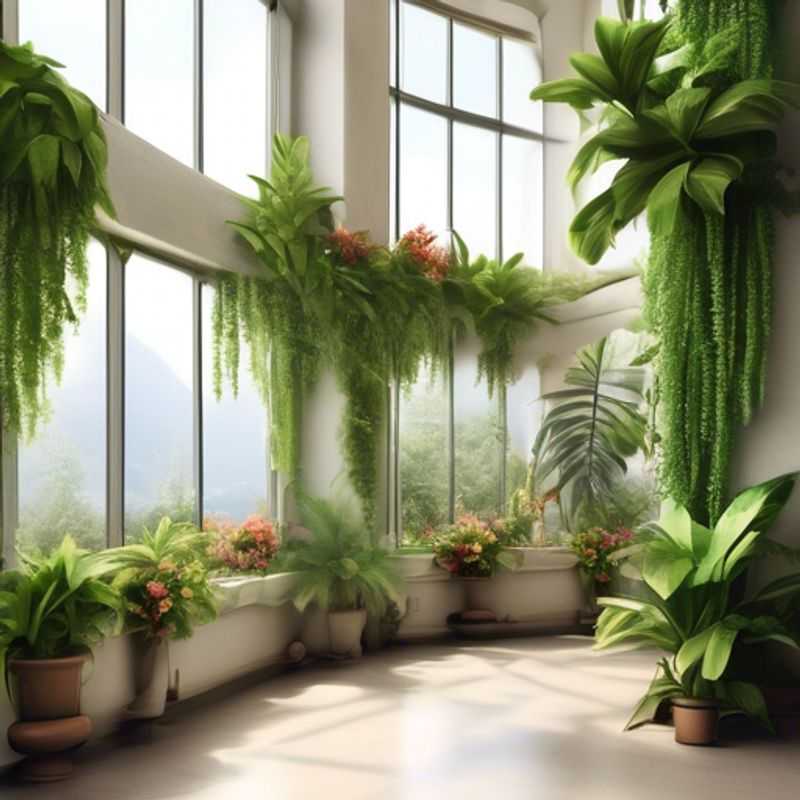
Watering Wisely: Understanding Your Plants' Needs and Drainage
Understanding the watering needs and drainage requirements of plants is crucial for their health and growth. Each plant species has unique watering needs, often influenced by factors such as soil type, climate, and growth stage. Generally, most plants prefer well-drained soil, which helps prevent root rot caused by overwatering. It is essential to assess the moisture level of the soil before watering; a simple finger test can determine if the soil is dry enough to warrant additional water.
Drainage is equally important; without it, excess water can accumulate, leading to poor plant health. To ensure proper drainage, consider using raised beds or drainage tiles, especially in areas prone to heavy rainfall. Additionally, incorporating organic matter into the soil can enhance drainage and moisture retention.
When estimating a plan for watering and drainage, consider any paid activities such as soil testing, purchasing quality soil amendments, or installing irrigation systems. Proper planning can save time and resources in the long run, ensuring that your plants thrive under optimal conditions.
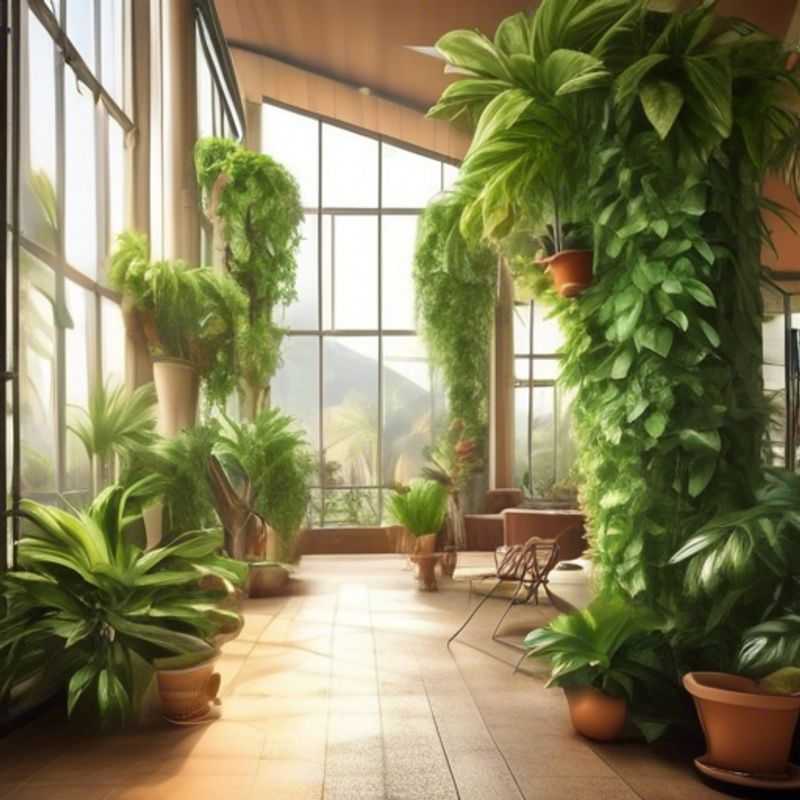
Happy Plants, Happy You: Mastering the Right Soil Mix for Indoor Greenery
The right soil mix is crucial for your indoor plants' health. You need a balance of drainage, aeration, and nutrient retention. A good general mix is:
* 1/3 Potting Soil: Provides basic nutrients and structure.
* 1/3 Perlite: Improves drainage and aeration.
* 1/3 Compost: Adds organic matter and nutrients.
Adjust this based on your plant's specific needs. For example, cacti prefer a very gritty mix with more perlite and less compost, while orchids thrive in bark-based mixes.
* Avoid using garden soil directly: It can be too dense and hold too much moisture, leading to root rot.
* Repotting: Use fresh soil mix when repotting your plants, ensuring optimal growth and nutrient availability.
By using the right soil mix, you can provide your indoor plants with the ideal environment for thriving.
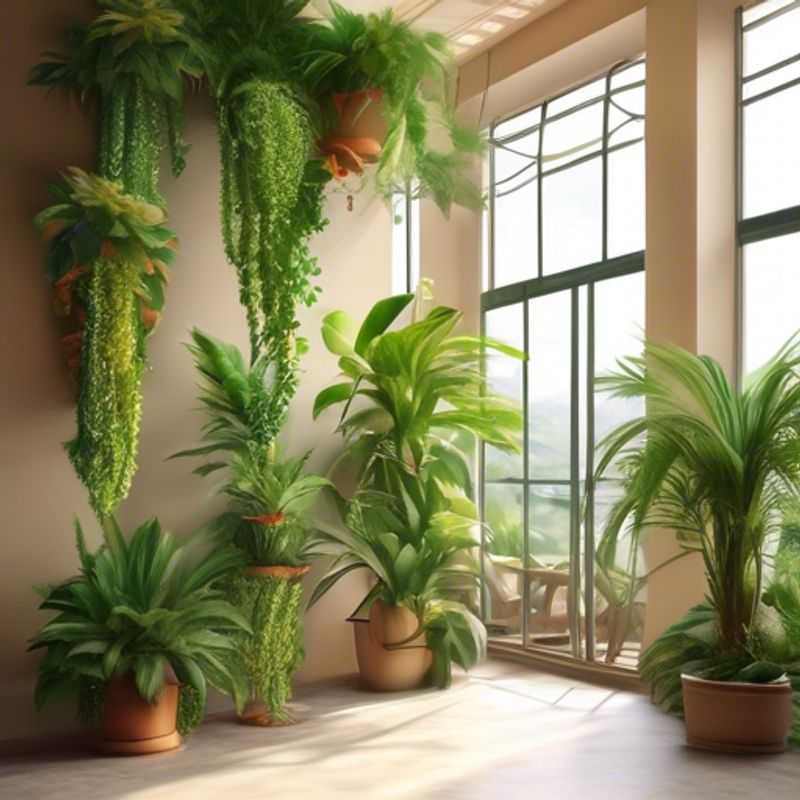
Know Your Enemy: Common Pests and Diseases Threatening Your Plants
Identifying potential pests and diseases is crucial for maintaining healthy plants. This guide provides a concise overview of common threats and their management.
Pests: Insects, mites, and other creatures can cause damage to plants by feeding on leaves, stems, and roots. Common culprits include aphids, whiteflies, spider mites, and scale insects. Recognizing their signs (e.g., discoloration, holes, webbing) is essential for early intervention.
Diseases: Fungal, bacterial, and viral infections can weaken plants, causing wilting, leaf spots, and root rot. Common fungal diseases include powdery mildew, rust, and blight. Proper identification is critical for choosing appropriate control measures.
Management: Integrated pest management (IPM) is a comprehensive approach that combines various techniques to minimize pest and disease pressures. IPM strategies include:
• Cultural practices: Selecting resistant varieties, providing adequate water and sunlight, and proper pruning can help reduce susceptibility to pests and diseases.
• Biological control: Introducing beneficial insects (e.g., ladybugs, lacewings) or nematodes can help control pest populations.
• Chemical control: Pesticides and fungicides can be used as a last resort, but it's crucial to select products that are effective and safe for the environment.
Monitoring: Regularly inspecting your plants for signs of pests or diseases is essential for early detection and control. This proactive approach can prevent widespread damage and protect the health of your plants.
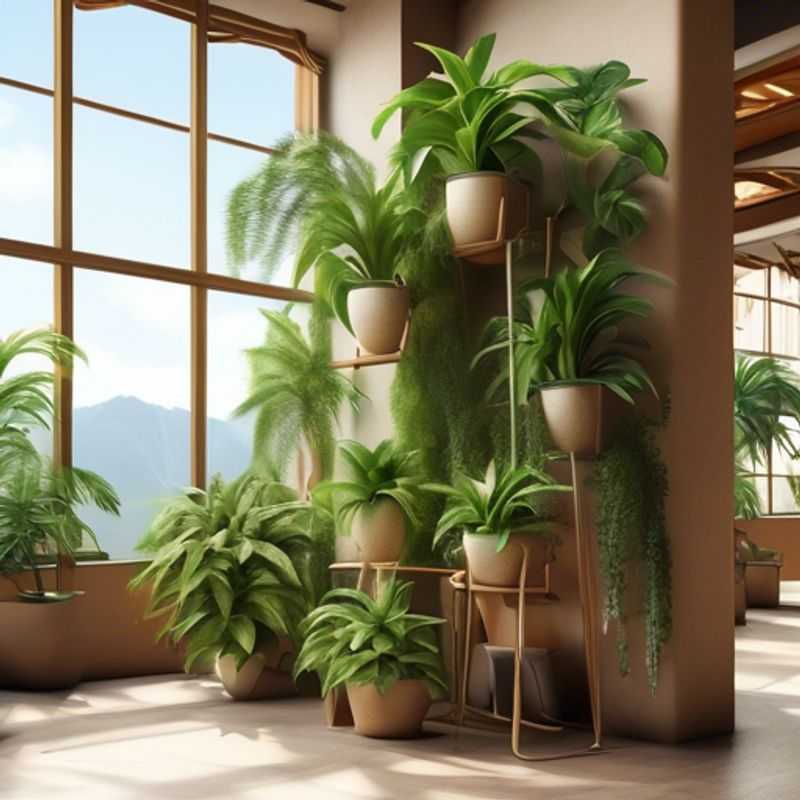
Keep Your Indoor Plants Thriving: A Guide to Regular Maintenance and Pruning
Maintaining indoor plants is about creating a healthy environment for them to thrive. Here's a simple plan for regular maintenance and pruning:
Watering: The most important part! Water when the top inch of soil feels dry. Different plants have different needs; research your specific plants.
Light: Most indoor plants prefer bright, indirect light. Avoid direct sunlight, which can burn leaves. Rotate your plants regularly to ensure even light exposure.
Humidity: Some plants need extra humidity. You can increase this by misting, using a humidifier, or grouping plants together.
Fertilizing: Feed your plants during their growing season (usually spring and summer). Use a balanced liquid fertilizer diluted to half strength. Follow the instructions on the product label.
Pruning: Remove dead or damaged leaves and stems. Pinch off any overly long stems to encourage bushier growth. Always use clean, sharp pruning shears.
Pest Control: Watch for signs of pests like aphids, mealybugs, or spider mites. Use insecticidal soap or neem oil to control infestations.
Repotting: When your plant's roots become rootbound, it's time to repot. Choose a pot one size larger and use fresh potting mix. Do this in the spring or early summer.
